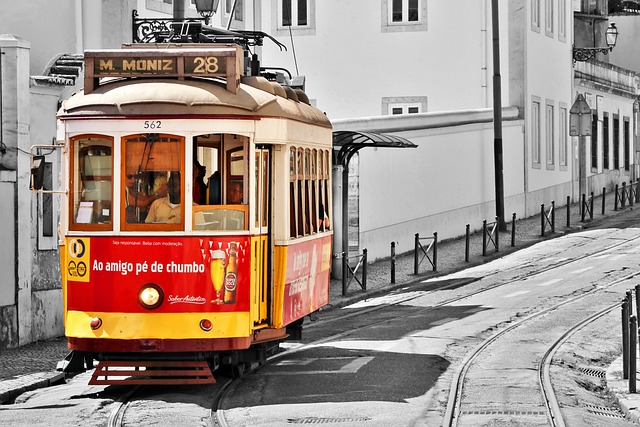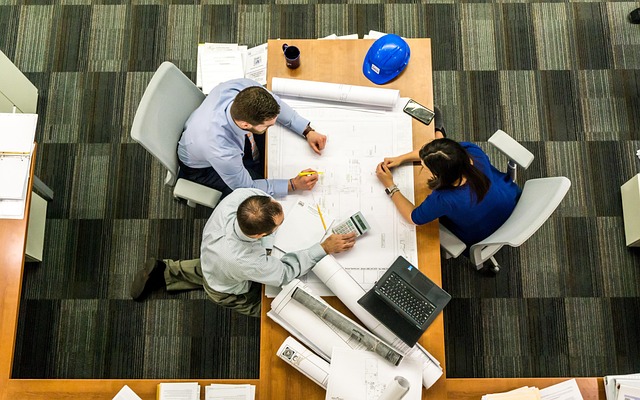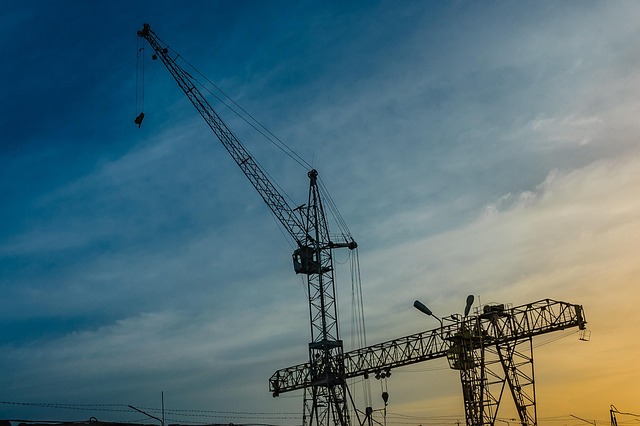Exploring the Future of Urban Transport Modes in Infrastructure Development
As cities continue to grow and evolve, the conversation around the transport modes to be used in urban settings has never been more critical. Infrastructure development plays a pivotal role in shaping these choices, directly influencing how residents experience their daily commutes, the environment, and the overall urban landscape.
Urban dwellers often find themselves juggling between convenience, efficiency, cost, and environmental concerns when selecting how to get around. Recognizing this, planners and policymakers are increasingly focusing on creating integrated transport systems that blend multiple modes seamlessly. This means the future will likely see a more diverse array of transport options that cater to different needs and preferences.
The Shift Towards Sustainable and Smart Solutions
One of the primary drivers behind rethinking transport modes in urban development is sustainability. Cities worldwide are committing to reducing carbon footprints and embracing green technologies. Electric buses, bike-sharing programs, pedestrian-friendly zones, and even emerging autonomous vehicle networks are becoming integral parts of infrastructure planning.
This shift isn’t just about environment-friendly options; it’s about reshaping urban life for greater accessibility and inclusivity. Designing infrastructure that supports walking, cycling, and public transportation encourages healthier lifestyles, reduces traffic congestion, and creates more vibrant community spaces.
Technological Innovation and Connectivity
Advancements in technology have opened up new possibilities for urban transport systems. Smart traffic management, real-time data analytics, and mobile connectivity are enhancing how different transport modes interact. Imagine a city where your smartphone guides you seamlessly from your bike share to a quick ride on an autonomous shuttle, all integrated through a single app.
Such innovations ensure that infrastructure development keeps pace with the evolving expectations of city residents, making transport not just a necessity but a smooth and adaptable experience.
Challenges and Considerations
Despite the optimistic outlook, significant challenges remain. Upgrading existing infrastructure to accommodate modern transport modes requires substantial investment and planning. Equally important is addressing social equity to ensure that innovations do not inadvertently deepen divides but rather bridge them.
Public engagement and transparent policymaking will be key to ensuring that the transport modes to be used reflect the diverse needs of urban populations. Only by taking a holistic, inclusive approach can cities build resilient and forward-looking transport networks.
In the dynamic intersection of infrastructure and mobility, the future of urban transport modes is both exciting and full of promise. As cities strive to become smarter and greener, the decisions made today about transport infrastructure will shape the quality of urban life for generations to come.




